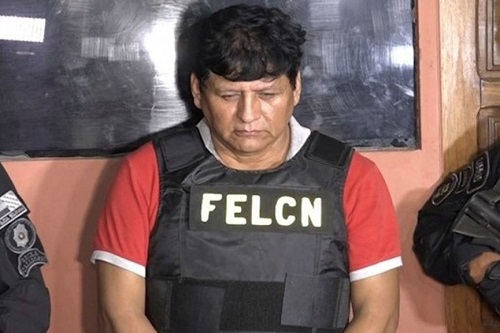Reuters photo
By
Ricardo Swire
For more than thirty years successive US Congress’ billion dollar investments, in Latin America and the Caribbean drug assistance programs, forged specially designed sub-regional initiatives. US diplomatic public relations emphasized supply reduction and introduction of innovative interdiction technology. In 2011 the US Administration allocated US$79 million to fund the Caribbean Basin Security Initiative (CBSI).
Approximately forty-three percent was directed to counter-narcotics efforts. Twenty-three percent related to military assistance, especially air and maritime security improvements. For Financial Year (FY) 2012 the US Administration requested US$73 million for the CBSI, six million dollars less. Twenty-four percent covered counter-narcotics and thirty-three percent military assistance that focused on improving maritime security.
Transnational drug traffickers have continued to utilize the Caribbean to South Florida route, along with the Central America to Mexico route. Sophisticated Transnational Drug Trafficking Organizations (DTOs) possess extensive paramilitary and counterintelligence capabilities. Such specialized assets have allowed them to rival state security forces and operate with impunity, through deep relationships with corrupt officials in key offices.
The US Department of Justice calculated together Colombian and Mexican Cartels earn and launder between US$18 billion and US$39 billion worth of wholesale drug money yearly. Patterns outlining several recently detained narco “Kingpins” project the obstinacy of regional DTOs and their stealthy operations. On February 13, 2019 Bolivian police in concert with Argentine counterparts, from the National Gendarmerie, intercepted and detained “Jose Miguel Farfan” in Bolivia’s largest city, Santa Cruz de la Sierra.
The fifty-eight year old narco trafficker was a prominent feature on Argentina’s Most Wanted List, famous for greasing rogue Argentine federal judges’ palms. He was detained in 2004 but released. On May 16, 2008 airport security police at Tucuman intercepted him. He was later released by Federal Judge “Toto.” In 2014 the senior judicial officer gave the Kingpin his escape from trafficking charges for more than four hundred and eleven metric tons of cocaine, smuggled between Argentina and Bolivia using small planes. The trafficker immediately migrated to Bolivia.
The Judge was later prosecuted and convicted in Salta province north-western Argentina for receiving bribes from other traffickers. He also resold the court’s confiscated cocaine. In one occurrence the Federal Justice authorized two staff members to transport seized cocaine, evidence earmarked for destruction, across the Bolivian border for sale to its original owners. While hiding in Bolivia the Argentine trafficker Jose Miguel Farfan masqueraded under alias “Miguel Angel Salazar,” family and businessman who drove a yellow Hummer. His investments are in a luxury condominium worth US$2 million and construction of a second similar property in Bolivia.
Ricardo Swire
Ricardo Swire is the Principal Consultant at R-L-H Security Consultants & Business Support Services and writes on a number of important issues.



No Comments Yet!
You can be first to comment this post!